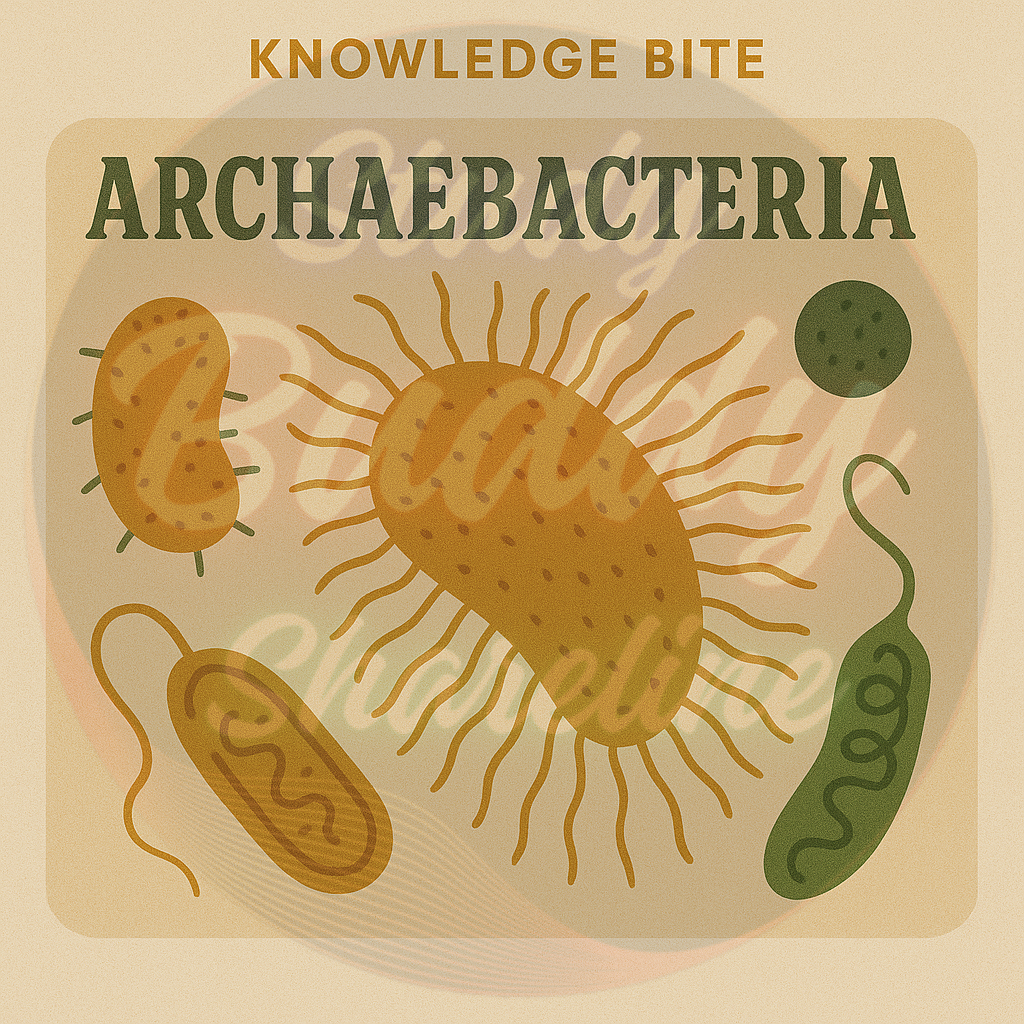Archaebacteria

Audio Explaination Coming Soon…
- Archaebacteria: A unique group of bacteria adapted to survive in extreme environments.
- Key Characteristics:
- Extremophiles: Thrive in harsh conditions where most other life forms cannot survive.
- Distinct Cell Wall: Different cell wall structure compared to other bacteria, enabling their survival in extreme environments.
- Types of Archaebacteria:
- Halophiles: Live in extremely salty environments (e.g., salt lakes).
- Thermoacidophiles: Found in hot, acidic environments like hot springs and volcanic vents.
- Methanogens: Inhabit oxygen-free environments like marshes and swamps; produce methane gas.
- Methanogens and Ruminants:
- Live in the digestive system of ruminant animals (cows, buffaloes).
- Play a crucial role in digesting plant material.
- Produce methane (biogas) as a byproduct of their metabolism, which is released from the animal’s dung.

